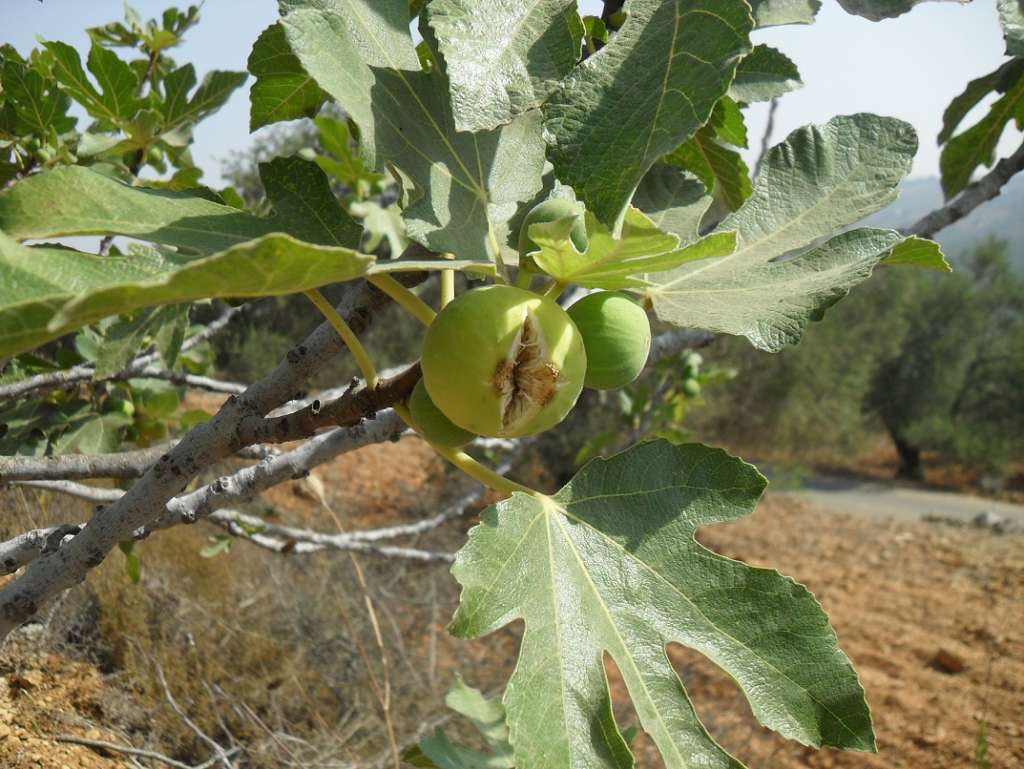London- Fig trees are spread around; however, the best types of them have always been rooted in no other than the Middle East.
Figs are one of the favorite fruits in the region; they come in different sizes and colors and can be eaten fresh or dried.
Figs contain all kinds of nutrients, including protein, fats, starch and fibers in addition to minerals like potassium, calcium, magnesium, iron, and vitamins A and D. This fruit enjoys antioxidant properties; it helps in reducing weight because the fibers it contains gives a long feeling of satiety. It also helps maintaining healthy bones due to its richness in calcium.
The harvest season of figs begins after summer with the start of fall. Figs can be quickly spoiled, so they should be kept cooled and eaten within two days.
Figs can be used in many recipes like jam, fruit salad, and bakeries. They are also highly consumed during Ramadan for Iftar and Suhur.
The oldest trace of figs dates back to 9400 years B.C. in Jordan, which means that figs were used as a human food before wheat.
Fig trees can also be found on the Coasts of Nile River in Egypt representing a food source for humans and many kinds of animals.
This precious fruit has also reached the West. It can be found in the United States, Britain, Hungary, and Brazil.
However, Turkey has topped the list of countries producing it, followed by Algeria, Morocco, Iran, and Syria.
Figs have been proved to reduce blood pressure because they are rich in potassium. Also, the fibers they contain protect the digestive system. Researches suggested that leaves of figs may help in stabilizing Insulin rates for people suffering from diabetes and preventing from some kinds of cancer.
